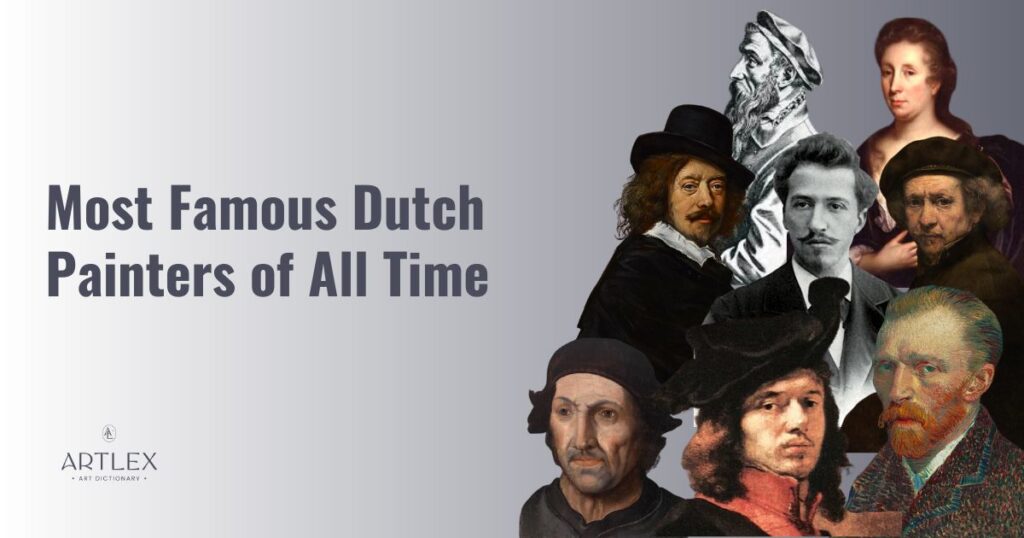
Delve into the world of the 20 most famous Dutch painters of all time and uncover their remarkable contributions to art history. The Netherlands has been home to some of the most iconic artists, whose works continue to captivate audiences worldwide.
1. Johannes Vermeer
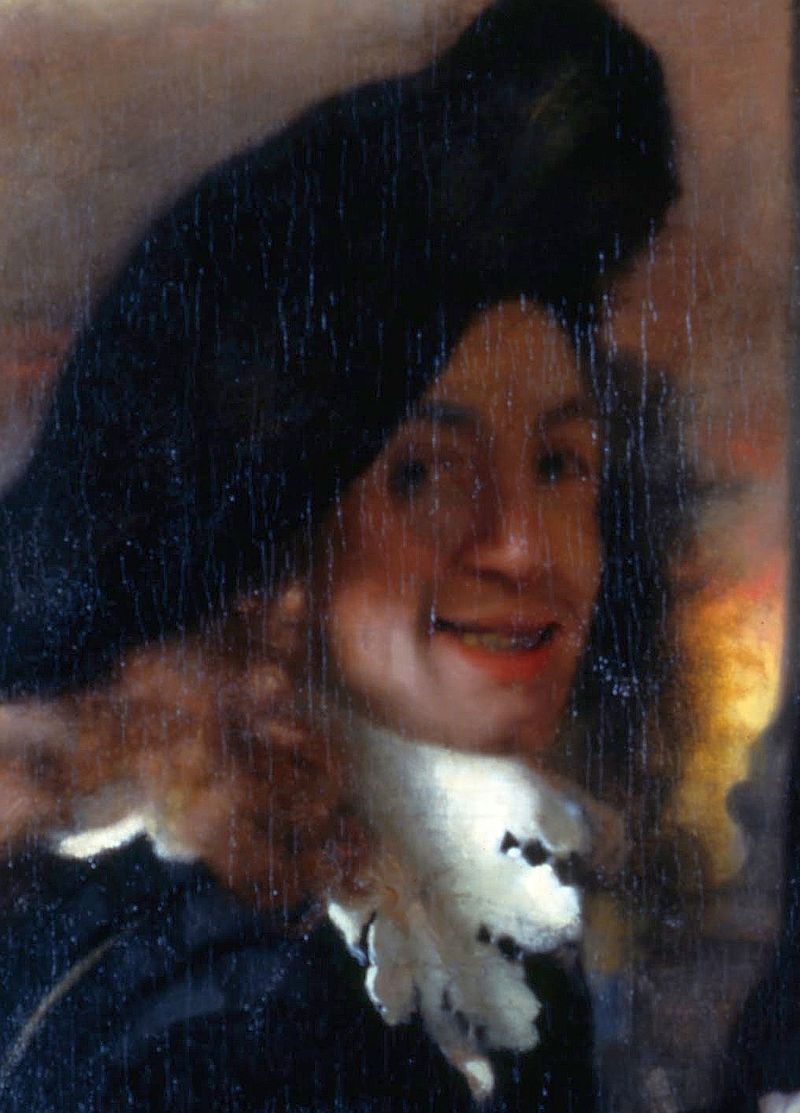
- Birth Year: 1632
- Death Year: 1675
- City Of Birth: Delft
- Subject Matter: Still life, portraits, emphasis on lighting and shadow
- Notable Artwork: Girl with a Pearl Earring (1665); The Milkmaid (1658).
Vermeer’s work was created during the historical context of the Dutch Golden Age, which saw an explosion of artistic talent throughout the Netherlands. His paintings were heavily influenced by artists such as Caravaggio, Rubens, Raphael, and Michelangelo, as well as other Dutch painters like Jan Steen and Pieter de Hooch.
Girl with a Pearl Earring, one of Johannes Vermeer’s most famous works, showcases his exceptional ability to create realistic scenes using light effectively.
2. Rembrandt van Rijn
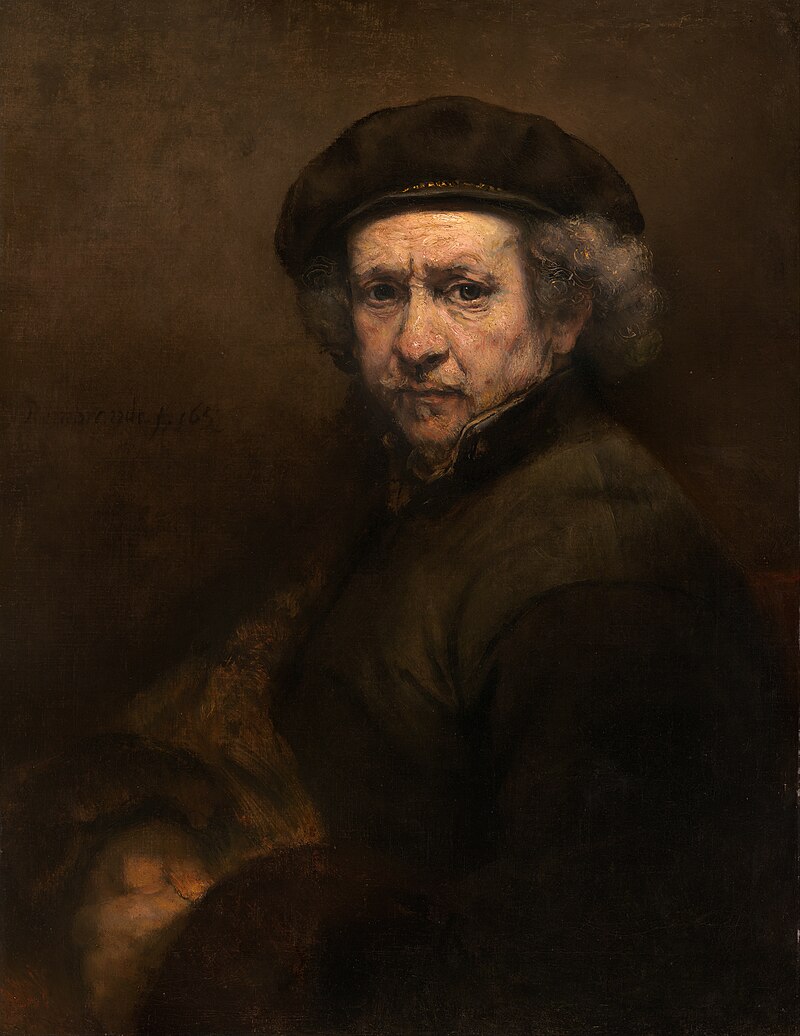
- Birth Year: 1606
- Death Year: 1669
- City Of Birth: Leiden
- Subject Matter: Portraits, landscapes, religious scenes
- Notable Artwork: The Night Watch (1642)
Rembrandt drew inspiration from notable painters such as Caravaggio, Rubens, Raphael and Michelangelo during his lifetime.
One of Rembrandt’s most celebrated works is The Night Watch (1642). This large-scale painting features a group of militiamen preparing for battle amidst the city square.
3. Vincent van Gogh
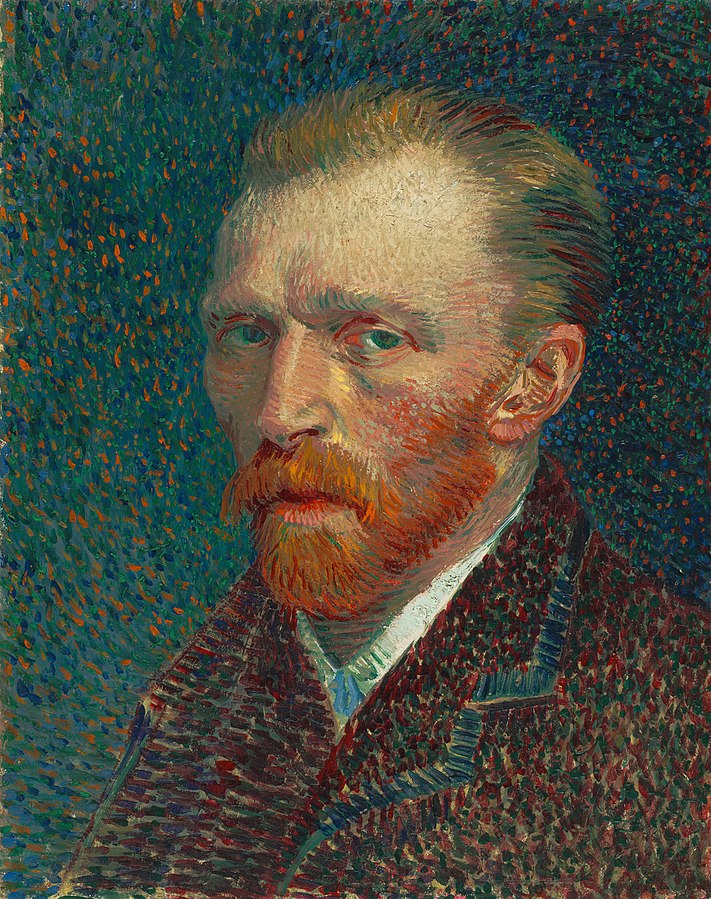
- Birth Year: 1853
- Death Year: 1890
- City Of Birth: Zundert
- Subject Matter: Post-Impressionism, bold colors, and expressive brushwork
- Notable Artwork: The Starry Night (1889), Sunflowers (1888)
Van Gogh was influenced by various artists such as Paul Gauguin, Camille Pissarro, and Georges Seurat. His style evolved over time from dark tones inspired by the Dutch Masters to vibrant colors influenced by French Impressionism.
The Starry Night (1889) is perhaps Vincent van Gogh’s most famous painting. It depicts a swirling night sky filled with stars above the small town of Saint-Remy-de-Provence, where van Gogh was staying in a mental asylum.
4. Frans Hals
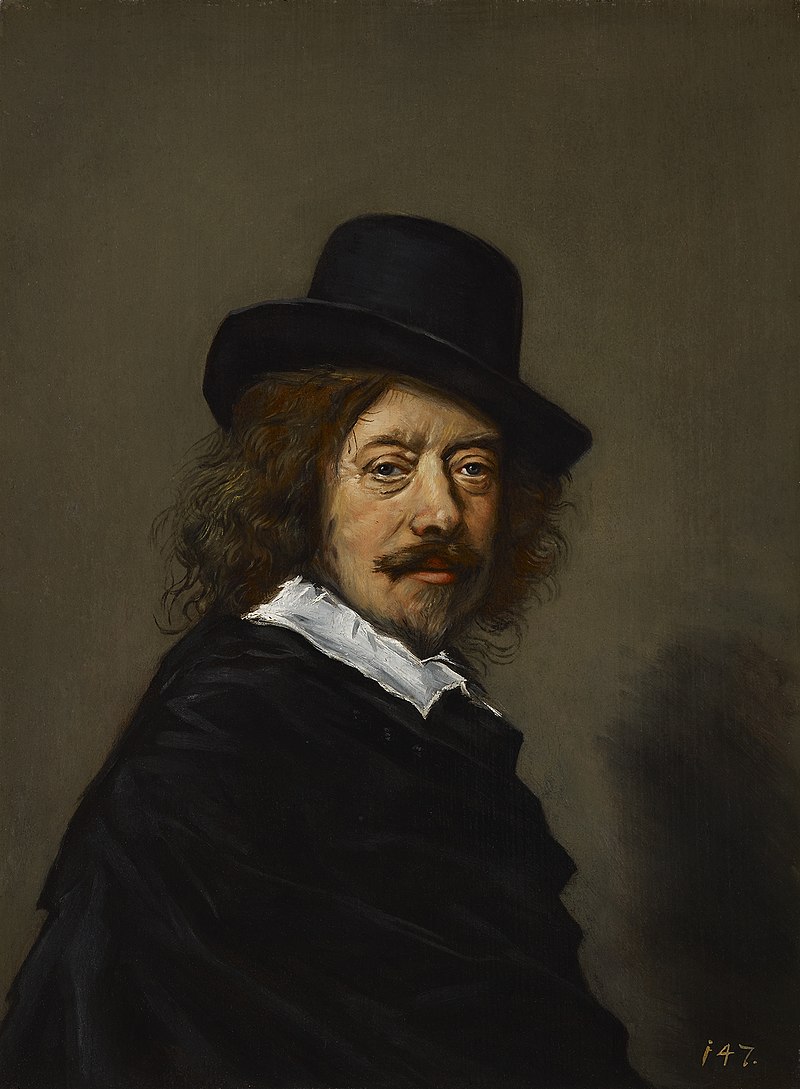
- Birth Year: 1582
- Death Year: 1666
- City Of Birth: Antwerp
- Subject Matter: Portraits
- Notable Artwork: Laughing Cavalier (1624), The Banquet of the Officers of the St George Militia Company (1627)
In addition to being one of the most famous Dutch painters, Frans Hals also had a significant impact on future generations of artists. His innovative approach towards portraiture paved the way for many subsequent painters who were inspired by his techniques and artistic vision.
The Laughing Cavalier (1624) is one of Hals’ most iconic paintings. It features a young man dressed in fine clothing, laughing heartily while holding up his hat. The Banquet of the Officers of the St George Militia Company (1627) is another masterpiece from Hals.
5. Piet Mondrian
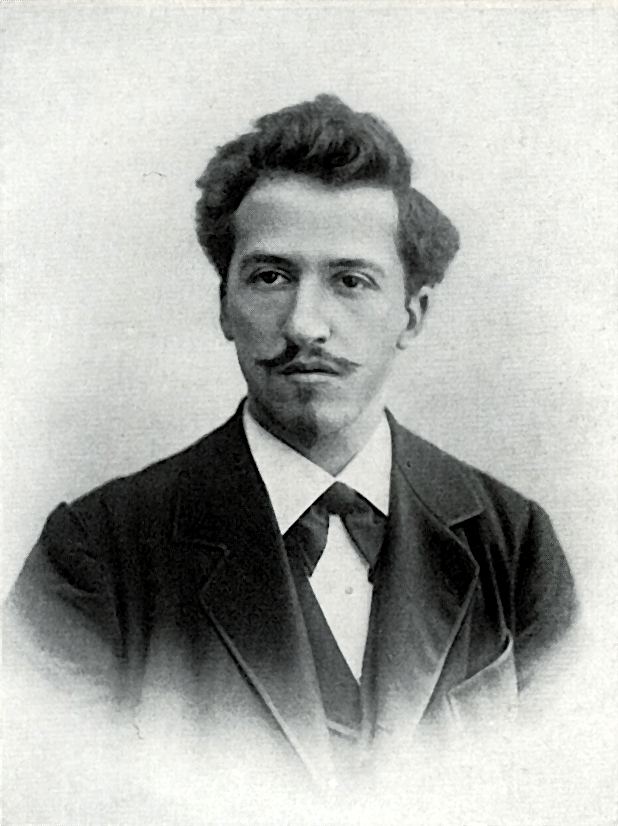
- Birth Year: 1872
- Death Year: 1944
- City Of Birth: Amersfoort
- Subject Matter: Abstract art with geometric shapes and primary colors
- Notable Artwork: Composition II in Red, Blue, and Yellow (1930), Broadway Boogie Woogie (1942-43)
Piet Mondrian was a Dutch painter who played a pivotal role in the development of abstract art during the early 20th century. He is best known for his unique style that incorporated geometric shapes and primary colors to create compositions that conveyed harmony and balance.
Mondrian’s most famous artwork is arguably “Composition II in Red, Blue, & Yellow”. This painting exemplifies his mature style, which is characterized by a grid of black lines filled with primary colors.
6. Hieronymus Bosch
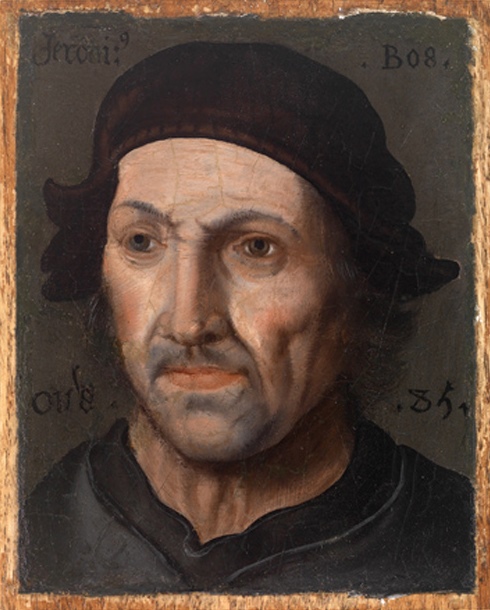
- Birth Year: 1450
- Death Year: 1516
- City Of Birth: Hertogenbosch
- Subject Matter: Religious and fantastical scenes with intricate details
- Notable Artwork: The Garden of Earthly Delights (1505-1510), The Last Judgment (1482)
Bosch lived during the Late Gothic period in Europe when the Renaissance movement was just beginning to emerge. Despite this transition into a new era, his paintings remained deeply rooted in medieval traditions while also incorporating elements from emerging artistic styles.
One of Bosch’s most famous works is The Garden of Earthly Delights, a triptych that depicts three distinct scenes: the creation of man in the left panel, a fantastical garden filled with people and creatures engaging in various activities in the central panel, and a hellish landscape representing damnation on the right.
7. Jacob van Ruisdael
- Birth Year: 1629
- Death Year: 1682
- City Of Birth: Haarlem
- Subject Matter: Landscapes and cityscapes
- Notable Artwork: The Jewish Cemetery (1654), View of Haarlem with Bleaching Grounds (1670).
Jacob van Ruisdael was a prominent Dutch painter during the Golden Age who specialized in creating stunning landscapes and cityscapes.
The Jewish Cemetery, one of Ruisdael’s most famous works from around 1654-55, showcases his mastery over light effects along with intricate details in foliage and architecture.
8. Rachel Ruysch
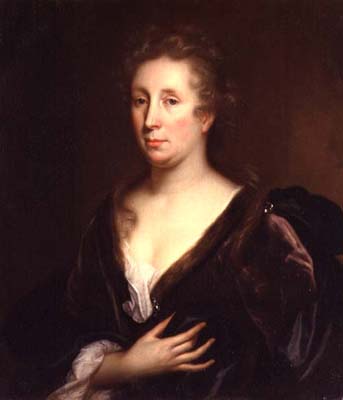
- Birth Year: 1664
- Death Year: 1750
- City Of Birth: The Hague
- Subject Matter: Still life paintings with flowers and insects
- Notable Artwork: Flowers in a Glass Vase (1704), Fruit and Insects (1711).
Rachel Ruysch was a Dutch painter who specialized in still life paintings during the late Baroque period. She is known for her intricate depictions of flowers and insects that showcase her incredible attention to detail.
Her painting Fruit and Insects showcases not only Ruysch’s skill in depicting flowers but also her interest in entomology, as various insects can be seen crawling on the fruit and leaves. The combination of these elements creates a sense of life and movement within the composition.
9. Hendrick ter Brugghen: A Master of Caravaggism in the Dutch Golden Age
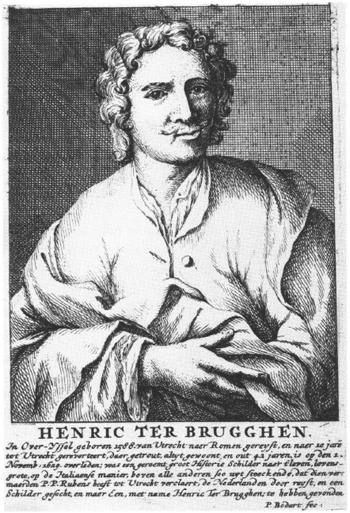
- Birth Year: 1588
- Death Year: 1629
- City Of Birth: The Hague
- Subject Matter: Religious scenes
- Notable Artwork: “The Calling of St. Matthew” (1621) and “Saint Sebastian Tended by Irene” (1625).
In the early years of the 17th century, ter Brugghen traveled to Italy where he studied under some prominent painters such as Gerrit van Honthorst.
“The Calling Of St. Matthew” is a prime example of ter Brugghen’s mastery in the use of chiaroscuro and his ability to convey a powerful narrative through his art. The painting depicts the moment when Jesus calls Matthew, a tax collector, to become one of his disciples.
10. Pieter Bruegel
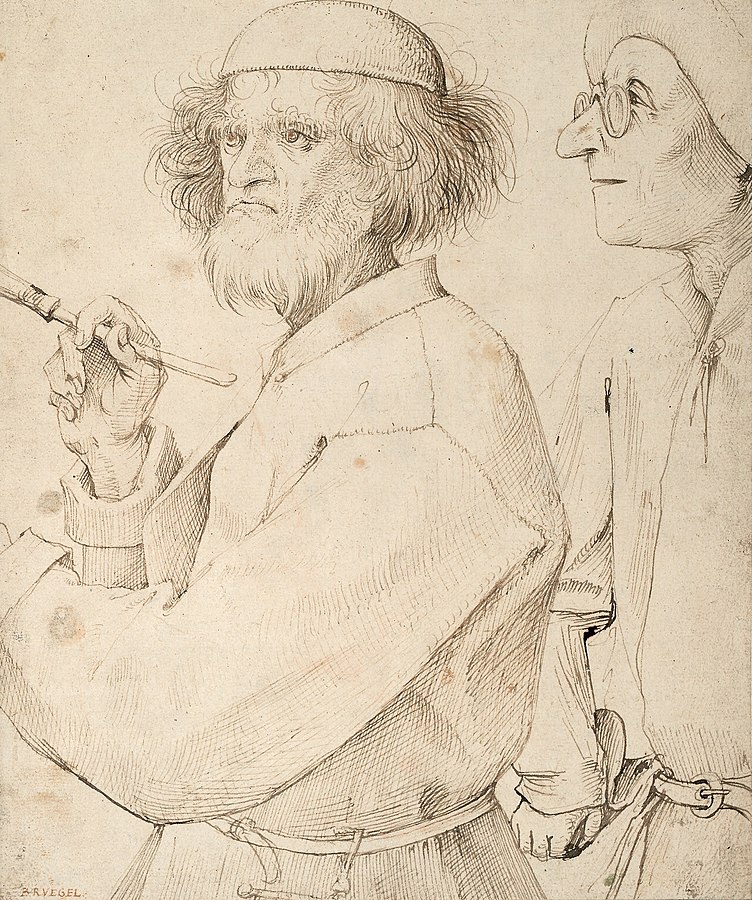
- Birth Year: 1525
- Death Year: 1569
- City Of Birth: Breda
- Subject Matter: Detailed landscapes and religious scenes
- Notable Artwork: “Hunters in the Snow (1565)“
Pieter Bruegel the Elder was a prominent Flemish painter during the Northern Renaissance period. He is best known for his detailed landscapes and religious scenes that often contain symbolic meanings or allegories about human nature and society at that time.
One of Pieter Bruegel’s most famous works is “Hunters in the Snow (1565)”, which depicts a group of hunters returning home after a long day out hunting.
11. Willem de Kooning
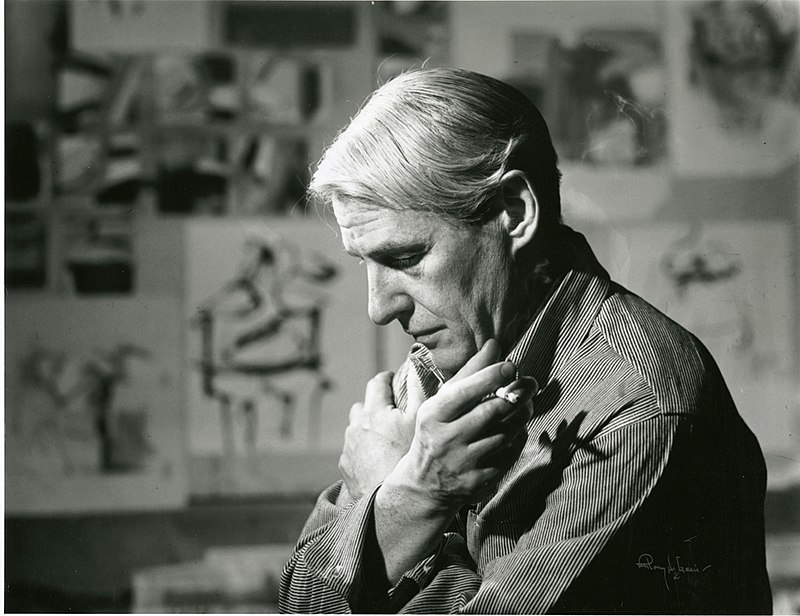
- Birth Year: 1904
- Death Year: 1997
- City Of Birth: Rotterdam
- Subject Matter: Abstract scenes, women
- Notable Artwork: “Woman 1” (1950)
Inspired by fellow Dutch painters such as Piet Mondrian and Vincent van Gogh during his early years in Rotterdam, De Kooning immigrated to America in the late 1920s where he worked odd jobs while pursuing his passion for painting.
Woman I, painted between 1950-52, is one of De Kooning’s most famous pieces. It depicts an abstracted figure composed of thick layers of paint applied with energetic brushstrokes.
12. Aelbert Cuyp
- Birth Year: 1620
- Death Year: 1691
- City Of Birth: Dordrecht
- Subject Matter: Landscapes
- Notable Artwork: “The Maas at Dordrecht”
Cuyp’s works were highly sought after both locally and internationally during his lifetime; he sold many paintings to wealthy collectors throughout Europe. After his death in 1691, however, interest in his work declined until it was rediscovered centuries later by artists like Turner who appreciated its unique qualities.
“The Maas at Dordrecht” is considered one of Aelbert Cuyp’s most famous works because it showcases his mastery over light effects through warm colors that create a sense of peacefulness within nature.
13. Jan van Goyen
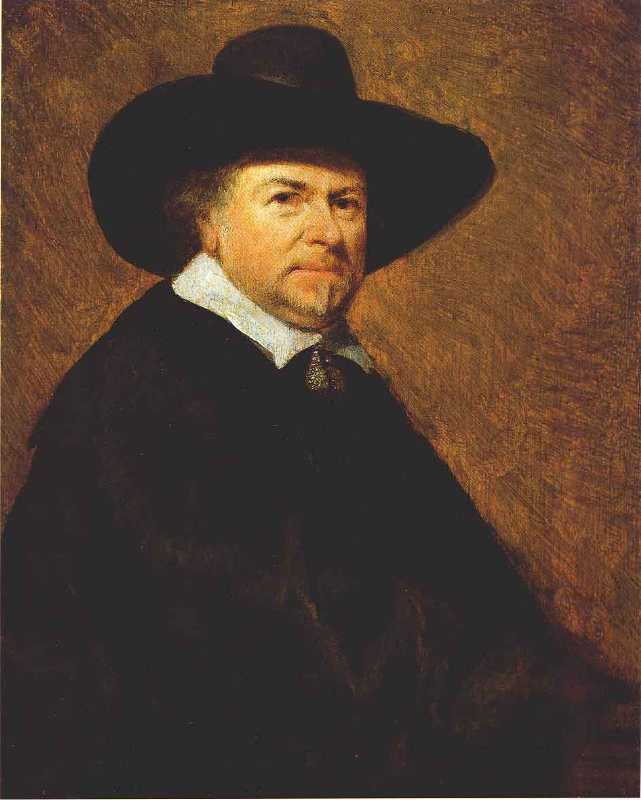
- Birth Year: 1596
- Death Year: 1656
- City Of Birth: Leiden
- Subject Matter: Landscapes
- Notable Artwork: “View of Dordrecht”
In the early seventeenth century, when Van Goyen began painting landscapes as an independent subject matter, it wasn’t very popular among art collectors. However, he continued to paint them throughout his career, gaining popularity eventually due to their unique beauty.
Van Goyen’s work had an impact on other art movements like Impressionism, which emerged in France during the 19th century.
14. Carel Fabritius
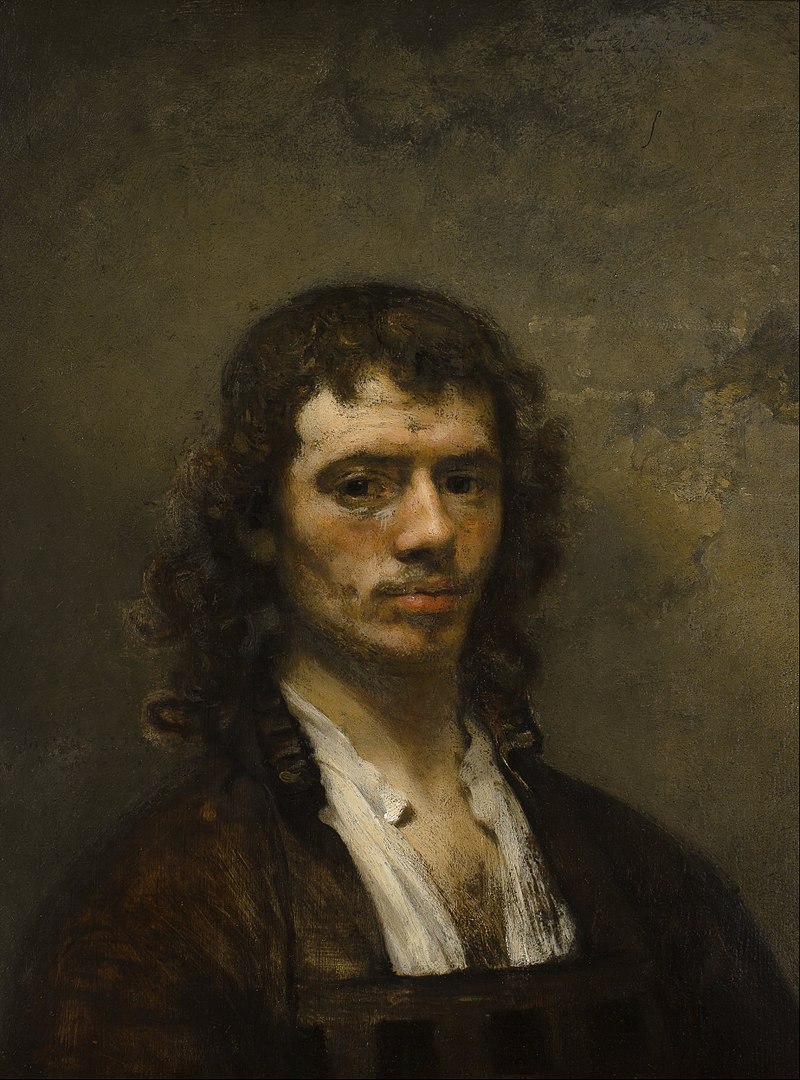
- Birth Year: 1622
- Death Year: 1654
- City Of Birth: Middenbeemster
- Subject Matter: Birds, portraits, landscapes
- Notable Artwork: “The Goldfinch”
Fabritius came from an artistic family; both his father and brother were painters. He studied under Rembrandt van Rijn before becoming an independent artist himself.
One of Fabritius’ most famous works is “The Goldfinch,” a painting that depicts a chained pet goldfinch perched on top of its feeder.
15. Lucas van Leyden
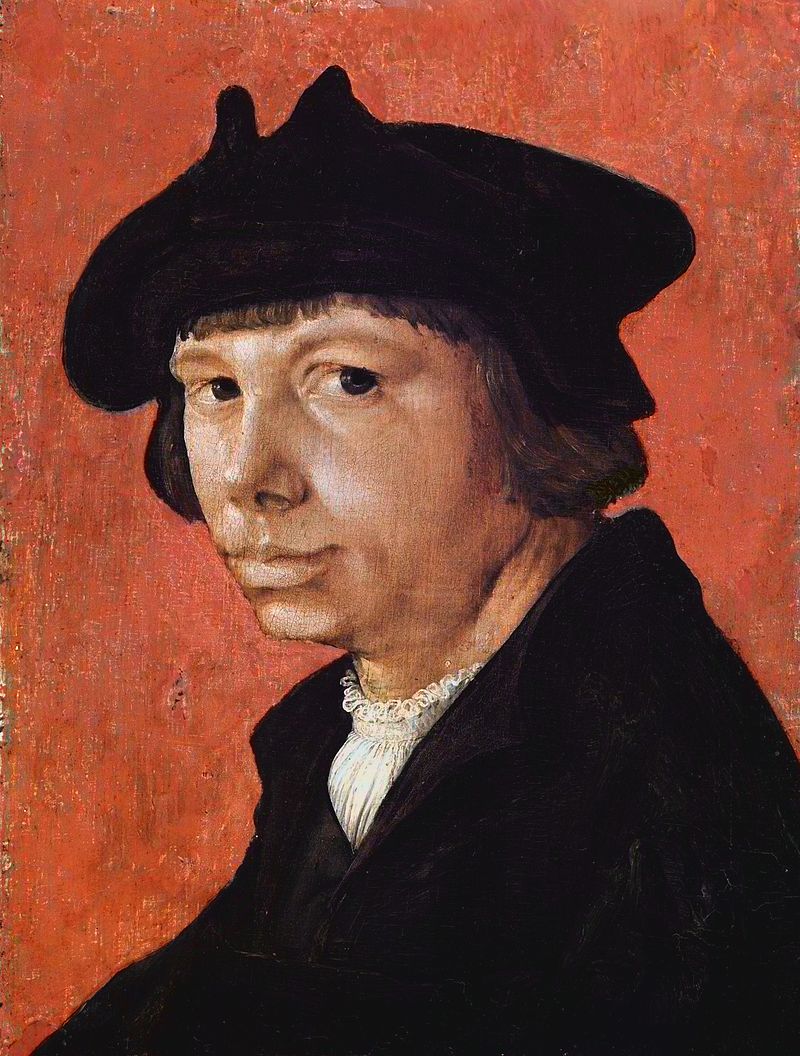
- Birth Year: 1494
- Death Year:
- City Of Birth: Leiden
- Subject Matter: Religious themes, landscapes, intricate designs and patterns
- Notable Artwork: “The Last Judgment”
Influenced by Albrecht Dürer’s engravings which he had seen on his travels to Germany at age sixteen, Van Leyden began producing detailed prints that showcased his unique style characterized by intricate designs and patterns.
“The Last Judgment” is one of Lucas van Leyden’s most famous works. This large-scale painting depicts the final judgment day when God will separate the righteous from the wicked.
16. Hendrick Avercamp
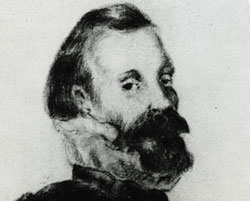
- Birth Year: 1585
- Death Year: 1634
- City Of Birth: Amsterdam
- Subject Matter: Winter scenes, crowds
- Notable Artwork: “A Winter Scene with Skaters near a Castle”
Hendrick Avercamp was born into an affluent family in Amsterdam during what is known as the Dutch Golden Age. He was deaf and mute from birth but still managed to become one of Holland’s most celebrated painters thanks to his talent for capturing lively crowd scenes set against icy backdrops.
Avercamp was known for his winter landscapes that often featured ice-skating scenes. His most famous artwork is “A Winter Scene with Skaters near a Castle,” which depicts a frozen river filled with people skating and playing games on the ice.
17. Meindert Hobbema
- Birth Year: 1638
- Death Year: 1709
- City Of Birth: Amsterdam
- Subject Matter: Changing seasons, wooded areas, weather conditions
- Notable Artwork: “The Avenue at Middelharnis.”
Hobbema lived during the Dutch Golden Age, which saw great advancements in art, science, trade, and military power throughout the Dutch Republic.
“The Avenue at Middelharnis” is one of Hobbema’s most famous works. It depicts a tree-lined road leading to the town of Middelharnis, with figures walking along the path and cattle grazing nearby. The painting showcases his skillful use of light and shadow to create depth within the landscape.
18. Willem Claesz
- Birth Year: 1594
- Death Year: 1680
- City Of Birth: Haarlem
- Subject Matter: Still life, glassware, food
- Notable Artwork: “Still Life with Oysters”
Heda lived during the Dutch Golden Age, a period when art flourished due to the country’s booming economy and growing middle class. He was influenced by other Dutch painters who specialized in still lifes, including Pieter Claesz., who may have been his teacher.
“Still Life with Oysters” is one of Heda’s most famous works. It features an arrangement of oysters on a pewter plate, along with other luxury items such as wine glasses and lemons. The painting demonstrates Heda’s skill at capturing the reflective surfaces of these objects.
19. Willem Kalf
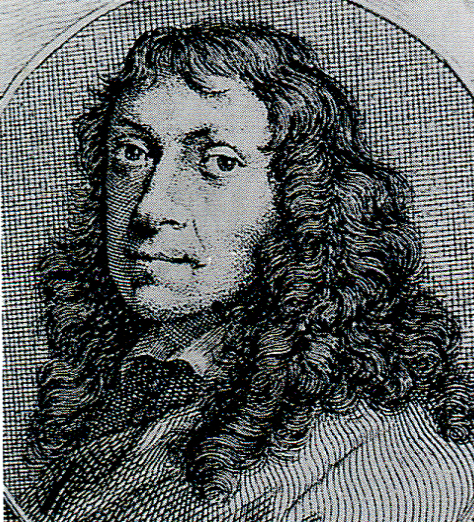
- Birth Year: 1619
- Death Year: 1693
- City Of Birth: Rotterdam
- Subject Matter: Still life, porcelain, textures
- Notable Artwork: “The Silver Jug.”
Kalf lived during a time when Holland was experiencing economic prosperity due to its trade dominance, which allowed artists like him to thrive. His work was influenced by other prominent artists from that period, including Pieter Claesz, who also specialized in still-life paintings.
The Silver Jug, painted around 1655-1660, is considered one of Kalf’s masterpieces. The painting features an intricately detailed silver jug placed on top of a table covered with a red carpet. The reflection on the surface captures both the texture and shine perfectly while creating depth through shading techniques.
20. George Hendrik Breitner
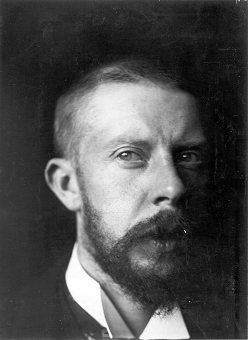
- Birth Year: 1857
- Death Year: 1923
- City Of Birth: Rotterdam
- Subject Matter: Urban landscapes
- Notable Artwork: ‘Girl in a White Kimono’
George Hendrik Breitner was a Dutch painter who is best known for his depictions of everyday life in Amsterdam during the late nineteenth century. He studied at the Academy of Fine Arts in The Hague before moving to Paris where he became influenced by Japanese prints and the Impressionist movement.
One of Breitner’s most famous works is ‘Girl in a White Kimono’, painted around 1894-95. The painting depicts a young woman wearing a white kimono against a dark background with her back turned to the viewer. It is believed that this painting was inspired by Japanese prints which were popular among European artists during this period.
